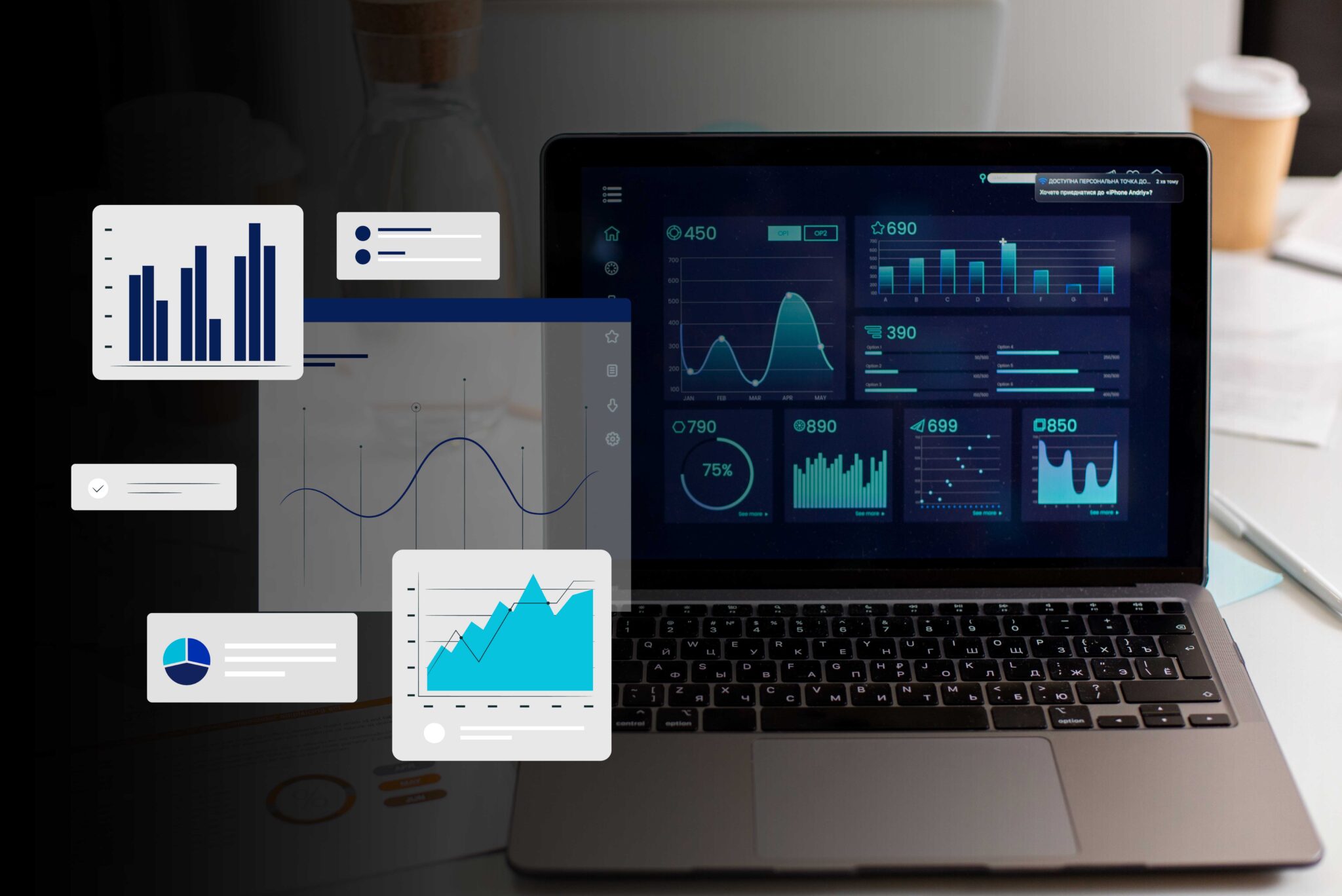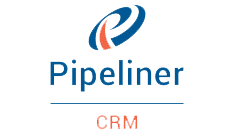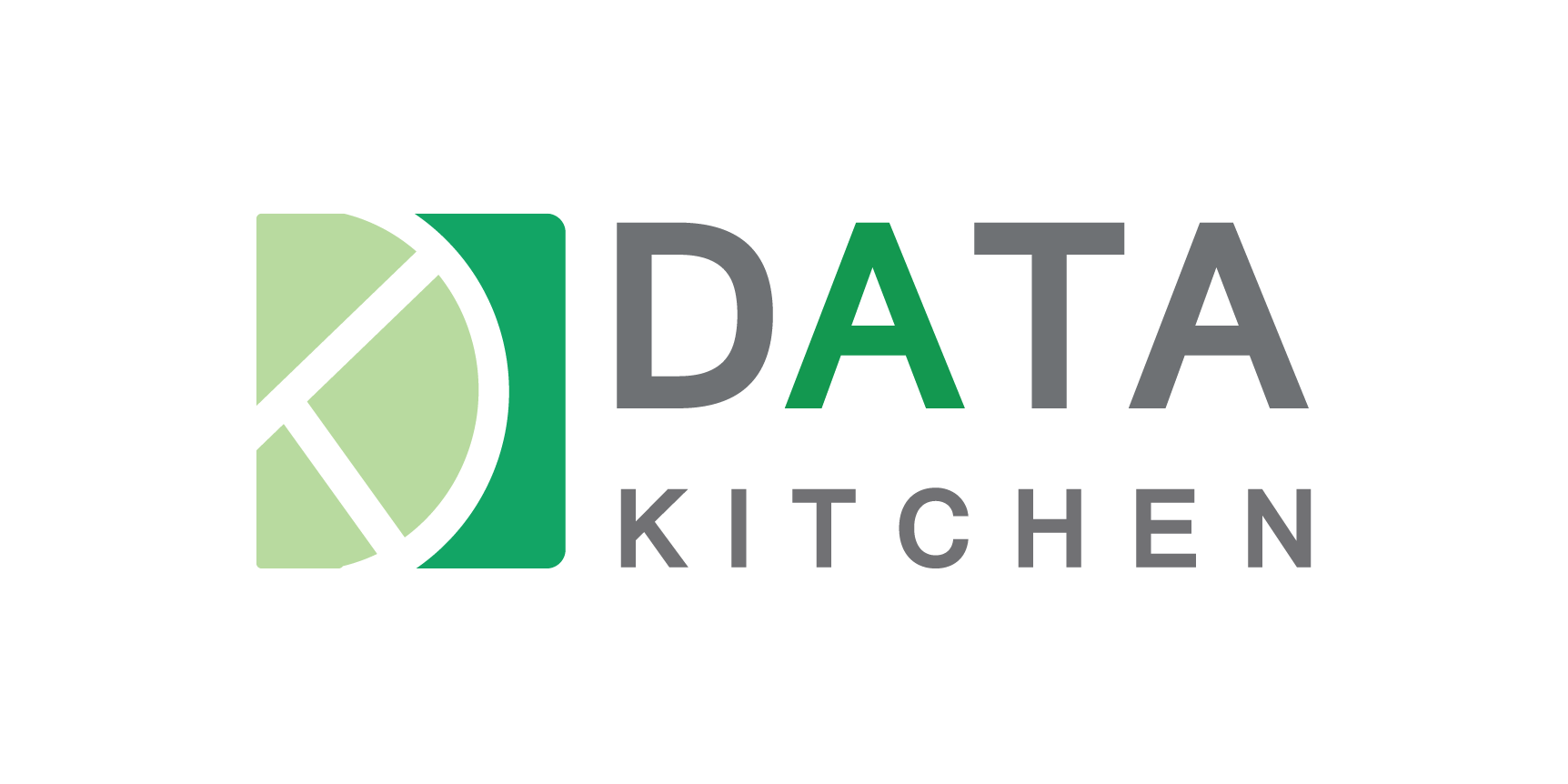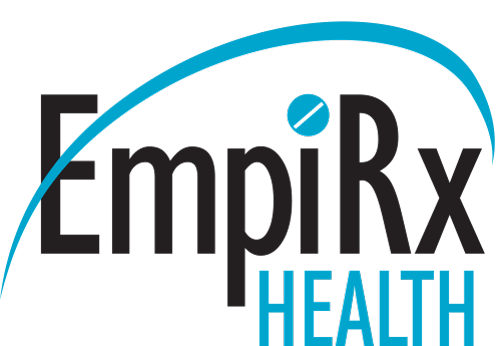Data Integration
We understand the complexities of managing data from various sources and formats. Our mission is to streamline and optimize your data ecosystem through advanced data integration solutions.

Our Data Integration Services
Data Integration Strategy
Data Migration
ETL (Extract, Transform, Load) Services
Real-time Data Integration
Cloud Data Integration
Platform Deployment

Efficient Deployment
We ensure a smooth deployment of the new platform, making sure all functionalities work as expected.

User Training
To maximize adoption, we offer user training to ensure your team is comfortable with the new platform.
How can you benefit of Data Integration?
Improved Decision Making
- Data integration enables organizations to combine data from various sources and formats into a unified view. This consolidated view provides decision-makers with comprehensive and accurate insights, leading to more informed and strategic decision-making processes.
Enhanced Operational Efficiency
- By integrating data from disparate systems, processes can be streamlined and automated. This leads to increased efficiency as manual data entry and reconciliation tasks are reduced, allowing employees to focus on higher-value activities.
Better Customer Experience
- Data integration enables businesses to create a unified view of customer data across different touchpoints. This holistic view helps in understanding customer behavior, preferences, and needs more accurately, leading to personalized and targeted interactions, ultimately improving customer satisfaction and loyalty.
Cost Savings
- Integrating data eliminates redundancy and inconsistencies, reducing the need for manual data entry and reconciliation. This leads to cost savings by minimizing errors, improving productivity, and optimizing resource utilization.
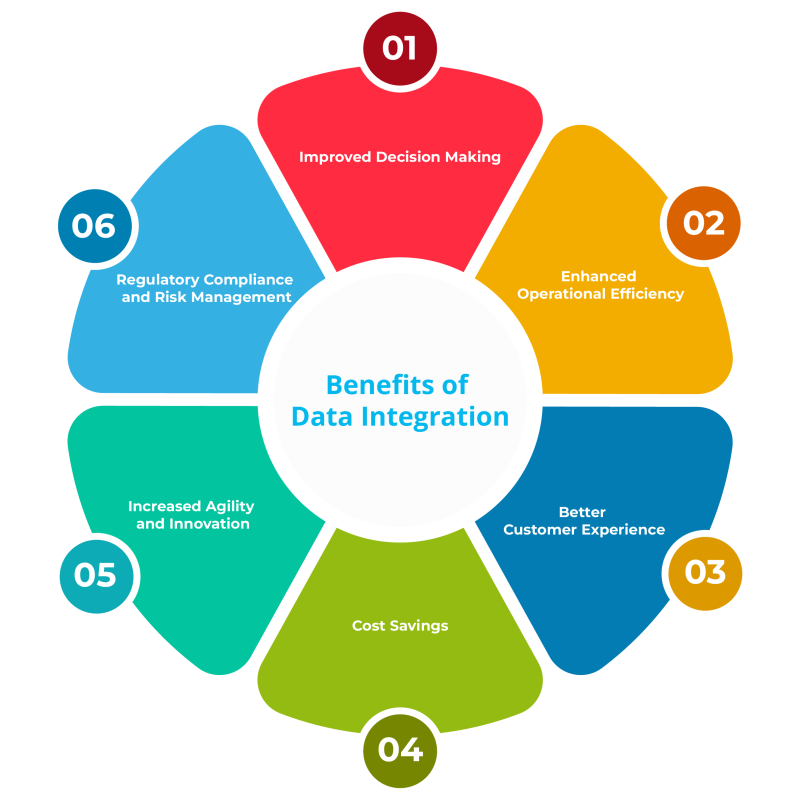
How it Works
01. Data Source Identification
-
The initial step involves identifying various data sources that need to be integrated. These sources can include databases, spreadsheets, cloud services, APIs, and legacy systems
-
Understanding the data sources is crucial for determining what data needs to be combined and harmonized.
03.Data Validation and Quality Assurance
- Validation checks for errors, inconsistencies, and data integrity issues to ensure accuracy and quality.
-
Quality assurance processes are implemented to maintain data accuracy and reliability.
05. Data Loading
-
Transformed data is loaded into a data warehouse or any other desired destination for further analysis or reporting.
-
Loading can occur in batch mode or real-time, depending on requirements.
02. Data Extraction and Mapping
-
Data is extracted from the identified sources using extraction tools or processes. This may involve querying databases, pulling files from remote locations, or retrieving data through APIs.
-
Different data sources may use varying terminologies, codes, or structures to represent similar information. Creating a mapping schema that defines how data elements from different systems correspond to each other ensures proper data alignment during integration
04. Data Transformation
-
Extracted data is converted and structured into a common format to ensure consistency, accuracy, and compatibility.
-
This stage may involve data cleansing, enrichment, and normalization.
01. Strategy
- Clarification of the stakeholders’ vision and objectives
- Reviewing the environment and existing systems
- Measuring current capability and scalability
- Creating a risk management framework.
02. Discovery phase
- Defining client’s business needs
- Analysis of existing reports and ML models
- Review and documentation of existing data sources, and existing data connectors
- Estimation of the budget for the project and team composition.
- Data quality analysis
- Detailed analysis of metrics
- Logical design of data warehouse
- Logical design of ETL architecture
- Proposing several solutions with different tech stacks
- Building a prototype.
03. Development
- Physical design of databases and schemas
- Integration of data sources
- Development of ETL routines
- Data profiling
- Loading historical data into data warehouse
- Implementing data quality checks
- Data automation tuning
- Achieving DWH stability.
04. Ongoing support
- Fixing issues within the SLA
- Lowering storage and processing costs
- Small enhancement
- Supervision of systems
- Ongoing cost optimization
- Product support and fault elimination.
01. Strategy
- Clarification of the stakeholders’ vision and objectives
- Reviewing the environment and existing systems
- Measuring current capability and scalability
- Creating a risk management framework.
02. Discovery phase
- Defining client’s business needs
- Analysis of existing reports and ML models
- Review and documentation of existing data sources, and existing data connectors
- Estimation of the budget for the project and team composition.
- Data quality analysis
- Detailed analysis of metrics
- Logical design of data warehouse
- Logical design of ETL architecture
- Proposing several solutions with different tech stacks
- Building a prototype.
03. Development
- Physical design of databases and schemas
- Integration of data sources
- Development of ETL routines
- Data profiling
- Loading historical data into data warehouse
- Implementing data quality checks
- Data automation tuning
- Achieving DWH stability.
04. Ongoing support
- Fixing issues within the SLA
- Lowering storage and processing costs
- Small enhancement
- Supervision of systems
- Ongoing cost optimization
- Product support and fault elimination.
Why Choose Complere Infosystem for
Data Integration

Expertise
With a team of seasoned data integration specialists, we bring a wealth of knowledge and hands-on experience to the field.

Custom Solutions
We recognize that no two organizations are the same. Our data integration solutions are tailor-made to suit your unique data challenges and objectives.
Advanced Technology
We stay at the forefront of data integration technology, utilizing cutting-edge tools and strategies to ensure your data is connected, secure, and accessible.





